I never thought I would have to save my own childs life. The truth is I didnt want to think about it, no parent does, right? But when our son Nicholas was a toddler, he choked one day while eating lunch, and I was the only one home to help him.
After five or six abdominal thrusts, a mushy piece of potato went flying across our kitchen and Nicholas started breathing, his little blue lips turning pink again. I sat down on the floor beside his high chair, held him in my arms, and started crying both of us started crying actually.
My mind went straight to the what ifs. What if I hadnt been a nurse, would I have known how to save him? What if abdominal thrusts hadnt worked, was I positive I would have remembered what to do next? What if I hadnt been there at all? What would my babysitters response have been? My mothers response? I was terrified.
If I had these fears as an RN, how scared must nonmedical parents be?
I wanted to be certain that anyone caring for Nicholas would know what to do if he choked again. I asked his grandparents to become CPR certified and tried to hire only sitters with first-aid experience. Although this helped provide some peace of mind, I couldnt shake the feeling that I hadnt completely solved the issue. What if the sitter forgot what she had been trained, or my mother simply froze? Then one day I was reading an article about airline safety and realized I had stumbled across the obvious solution.
The airline industry uses a two-fold approach in preparing for and handling unexpected emergencies. First, every pilot must regularly go through training that simulates catastrophic events, such as the loss of engine power during flight. Next, an instruction manual is kept in the cockpit at all times. This manual is designed to be used during an actual emergency to guide the pilots in reliable response to the situation at hand.
I started thinking that the stress a pilot feels when attempting to land a crashing airplane is probably not so unlike the stress a parent feels when responding to an unexpected medical emergency. The events are rare, extremely stressful, and make clear thinking next to impossible. The consequence of not getting it right is severe for both.
MEDBASICS applies the airline industrys safety concept to infant and toddler medical emergencies. We believe that parents and caregivers should go through training that simulates various pediatric medical emergencies. This training is available via the CPR/first-aid courses offered by the American Heart Association and other organizations. Like the airline industry, we also believe that this simulation training alone is not enough, which is why we created MEDBASICS.
So How Does It Work?
 Preparation and Portability.
Preparation and Portability.
This book is an active part of your toddlers life. It was not created to sit on a shelf with baby reference books. It is small, lightweight, fits in any diaper bag, and goes everywhere your baby goes because accidents dont just happen at home.
 Its like Having a Doctor and Nurse with You Wherever You Go.
Its like Having a Doctor and Nurse with You Wherever You Go.
We took great care in converting medical speak into simple instructions you can understand. Add clear illustrations and easy to follow pathways, and voil, you have life-saving emergency action steps at your fingertips whenever, wherever, and if ever you need it.
 Statistics Say You Will NOT Remember.
Statistics Say You Will NOT Remember.
Statistics show that over 80 percent of people who learn CPR do not remember how to give CPR when retested less than six months after taking the course.
CPR course + MEDBASICS =
your best chance for a reliable response.
 Simply Calling 911 May Not Be Enough.
Simply Calling 911 May Not Be Enough.
In the U.S., the average ambulance response time is eight minutes. Brain damage from lack of oxygen begins in as little as four minutes and death shortly thereafter. Clearly you simply can not wait for someone else to provide the immediate emergency care your child needs. You are your childs first first responder. You can do it.
MEDBASICS
Respond Immediately Respond Reliably
Every time Everywhere
Preparing
for an emergency
 Take a toddler CPR and first-aid course.
Take a toddler CPR and first-aid course.



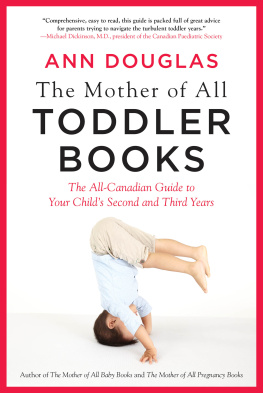

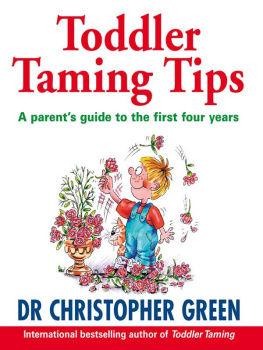
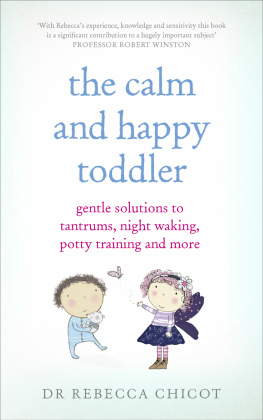
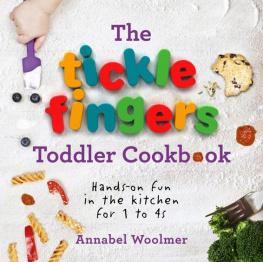
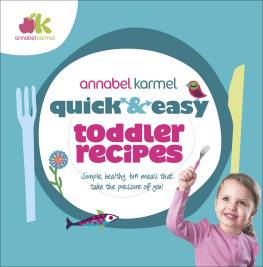
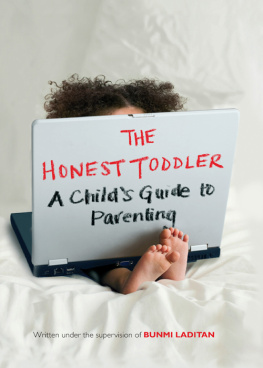
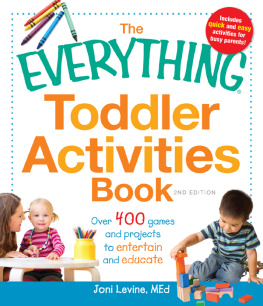



 Preparation and Portability.
Preparation and Portability. Its like Having a Doctor and Nurse with You Wherever You Go.
Its like Having a Doctor and Nurse with You Wherever You Go. Statistics Say You Will NOT Remember.
Statistics Say You Will NOT Remember. Simply Calling 911 May Not Be Enough.
Simply Calling 911 May Not Be Enough.